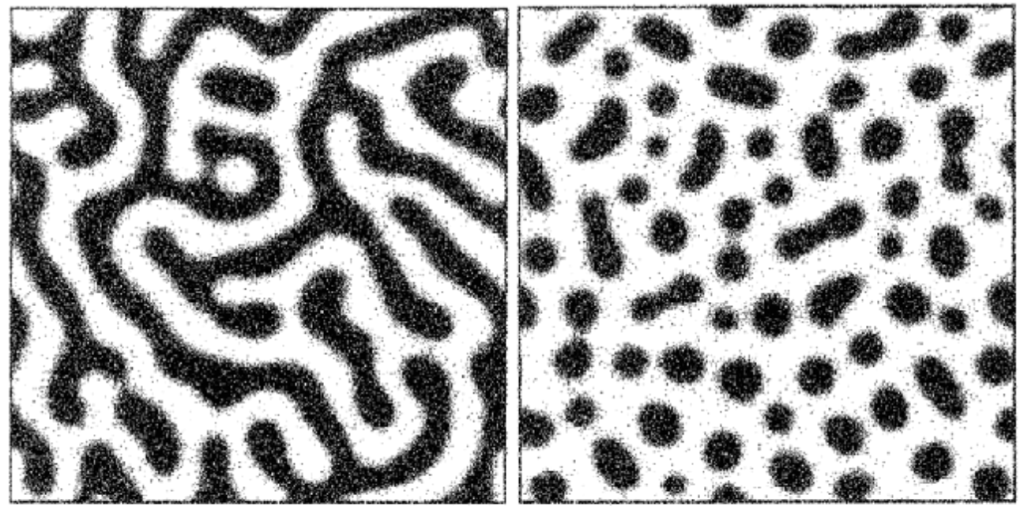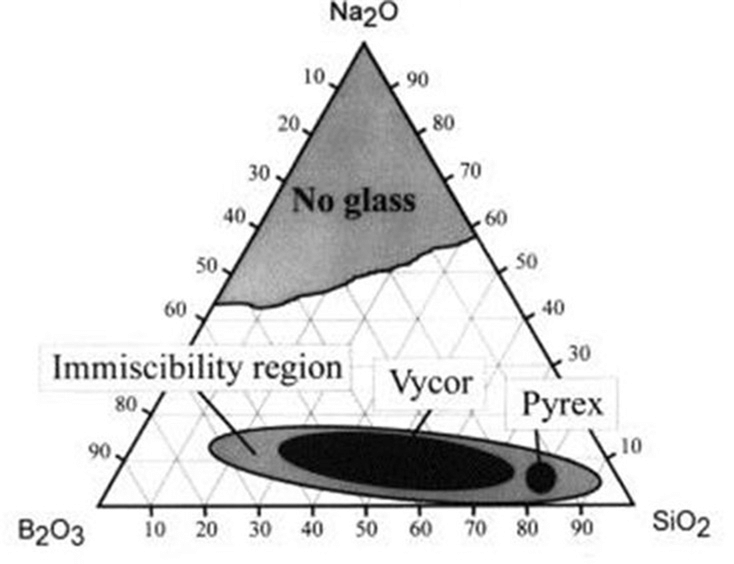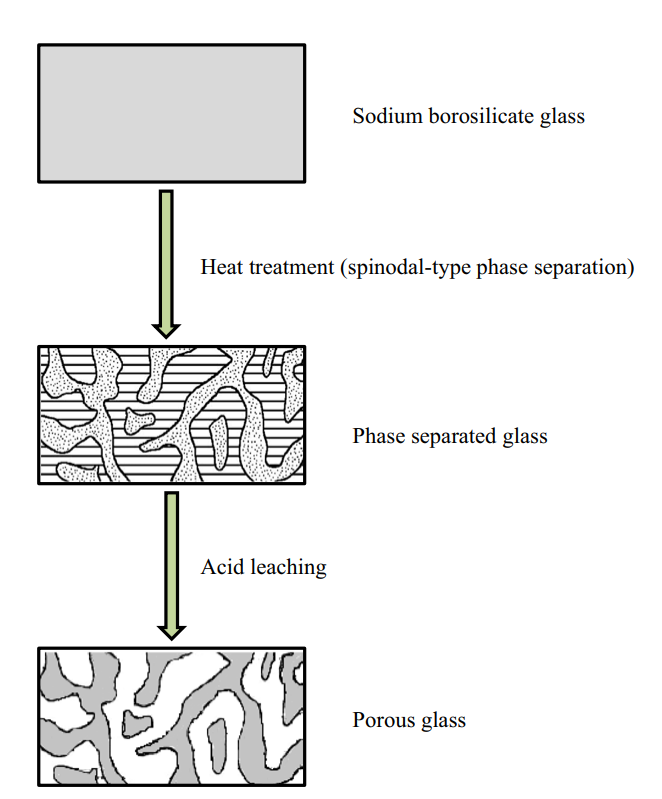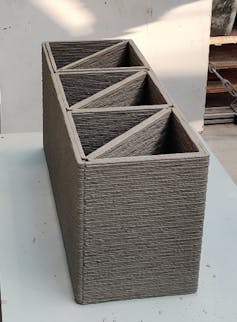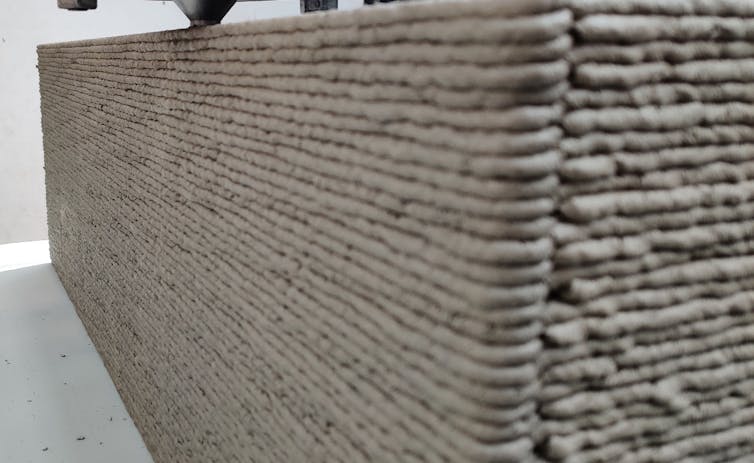Personal Name
Many creative sole traders use their own name as their business name. It is easy and often creates the personal connection sought for by buyers. Using your own name gives your business a more arts oriented and personal touch. Sometimes people are already ‘known’ under their own name prior to beginning the formal business, e.g., Amanda J Simmons.Initials
Some designers use their initials or attach their discipline to their name or initials to add some clarity to what they do, e.g., MJM Ceramics. Others prefer a business name, so that it is less personal and not based around one individual. This can appear as more professional and allows the business to grow beyond the individual.Reflect on your vision, values, and passions
You have already pulled out these things in looking at your life goals and vision. Now you need to apply them to a name search. A method that may help is to write down ten important descriptive words about these values, passions, and your vision. This is a starting point for thinking about the best words for the business. These words will probably not come immediately. You might want to involve others in a kind of brainstorming to develop a group of key words. You need to consider how this name will look in the future as your business develops.The name needs to reflect you and your market.
“A good business name reflects who you are and which ideal clients you want to attract.” It is the introduction to the business. It is the first thing they see, even before you. So, what you do and who you do it for is important to selecting the name. The name creates an image in customers’ heads. Do you want to be factual or do you want to create a bit of mystery? To help with this selection you need to remember your niche market and what you do and for whom as defined earlier. Review the business specialism - what you want to be known for - and your ideal clientsInspiration sources
You do not have to be factual in the name and you can get inspiration from a number of sources. Favourite songs, places, people, films, etc., can all be sources. Brainstorm with others for names around your values, vision, passions, your specialism, your ideal clients. You can also get ideas from the business names your competitors or role models use. You need to record these ideas. This can be written, but an image or sketch can be even more useful. A mood board or mind map can be helpful too. A logo idea often comes with considering a name. You should strive to have about five good, creative names for your business to make a choice. Not all the names will be available. There are also online business name generators that can help focus your ideas.Check the potential names
You need to make sure of several things before you settle on the name.This is important in online searches as they are the most commonly used method of finding businesses. You need to avoid quirky expressions, and names with common variations (e.g., is it Mc, Mac or M’)
Almost as important as spelling is being able to pronounce the name in different dialects or languages. This is a worthwhile consideration as exemplified in car model names.
This goes together with the verbalisation of the name. If it is easy to say, it probably is easy to remember and so be searched for without difficulty.
Try to ensure your name does not mean something offensive in another language. Even if you are not operating internationally (just now), your name will be visible throughout the world.
This is harder than it sounds, but you want the business name to be acceptable in a generation’s time. This means that you avoid names that are “now”.
Companies House in the UK gives a list of sensitive and prohibited words on its website. This is most useful even if you do not intend to register with them. It helps you avoid current and future difficulties in a business name. There are equivalents in other countries. Is the name the same - or nearly so - as a registered trademark? There is more information about registered trademarks on the Intellectual Property Office website (a UK resource).
You can use google to check on the existence of the name as a business one. The Companies House website also has a free facility to check on name conflicts of registered companies. Check to see if your proposed business name is available as a web address. Also check on Facebook, Twitter, and other social media sites. It is best to have the same name and address across all the web and social media sites.











